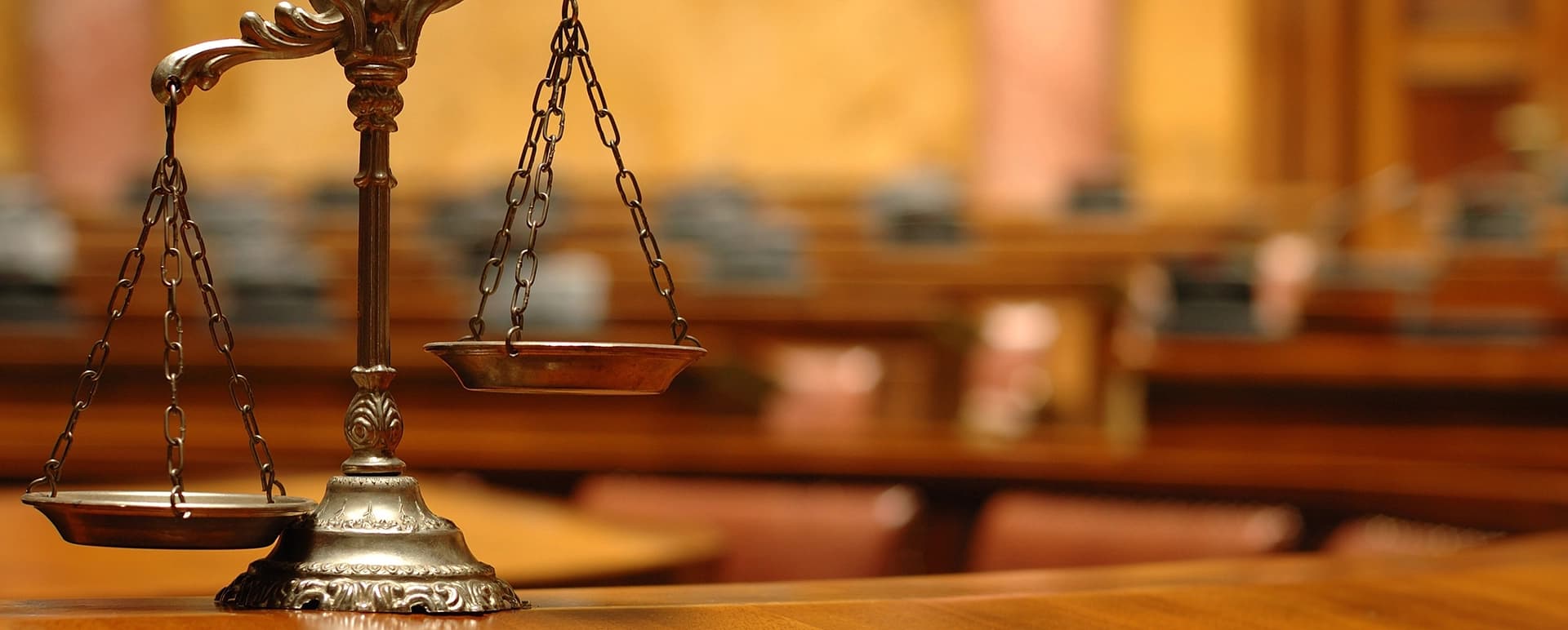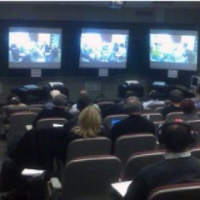Opening the Secrets of Effective Test Presentations: A Thorough Approach
In the realm of lawful technique, the performance of trial discussions can often identify the outcome of a case. By tactically customizing discussions and making use of visual aids, one can simplify intricate lawful debates and boost involvement.
Comprehending Your Audience
Comprehending your audience is an important element of providing a successful trial presentation. Knowing who will certainly be obtaining the details enables speakers to customize their technique efficiently, ensuring that the message reverberates with jurors, courts, and various other stakeholders. This includes not just acknowledging their demographic qualities however likewise recognizing their worths, beliefs, and possible biases that might affect their perceptions.
Research study shows that jurors typically bring individual experiences and preconceived concepts right into the courtroom. As a result, it is vital to involve with them on a relatable degree, presenting disagreements that straighten with their viewpoints while all at once testing them respectfully. The ability to anticipate their concerns and concerns can considerably boost the persuasiveness of the presentation.
Additionally, an effective trial presentation requires an understanding of the jurors' interest periods and cognitive handling styles. Presenters must intend to streamline complex legal ideas and make use of aesthetic aids that help with comprehension. By leveraging this target market insight, attorneys can build a story that is not only engaging yet also memorable, eventually leading jurors toward a positive choice. Adjusting communication techniques to fit the target market is not just beneficial; it is vital for success in the court room.
Crafting Compelling Stories

To produce an efficient story, lawyers must start by determining the core message they want to communicate (trial presentation). This message must be clear and regular, enabling jurors to comply with the story without complication. Incorporating relatable characters, brilliant summaries, and psychological arcs can significantly enhance the narrative, making it more memorable and influential
Additionally, it is important to provide the story in a logical series. Using sequential order or thematic organization can assist jurors comprehend the unfolding events and their ramifications. Lawyers ought to likewise be mindful of the pacing, guaranteeing that essential moments receive appropriate focus while keeping the total circulation of the presentation.
Ultimately, an engaging narrative can bridge the gap between lawful intricacies and human experiences, permitting jurors to get in touch with the situation on both intellectual and emotional levels. This link can significantly affect their considerations and the final outcome of the test.
Visual Aids and Technology
Reliable usage of visual aids and innovation can dramatically enhance trial discussions, providing jurors with clear and appealing depictions of complex info - trial presentation. By integrating properly designed charts, graphs, and pictures, lawyers can boil down elaborate data right into digestible styles that facilitate understanding. Such visual elements offer not just to highlight bottom lines however additionally to reinforce the narrative established during the test
In addition, technology can enhance interactivity, enabling for real-time demos or simulations that can strongly depict events or scenarios essential to the instance. Devices such as video clip proof, interactive timelines, and 3D models can bring a sense of realism that static presentations do not have. These advancements not only capture attention however additionally help in memory retention, making certain that jurors can remember crucial details during deliberation.
It is necessary, nonetheless, to use these aids judiciously. Overloading jurors with excessive information or overly complicated visuals can result in confusion rather than clarity. Rather, a critical selection of relevant visuals, coupled with succinct descriptions, can produce a much more convincing and impactful presentation. Eventually, when integrated thoughtfully, visual aids and technology why not find out more can play a critical function in accomplishing positive end results in test setups.
Efficient Delivery Methods
An attorney's delivery strategies can significantly affect the impact of their trial discussions. To develop reliability and engage the court, lawyers should master various distribution techniques. Key among these methods is preserving eye call, which cultivates a connection with jurors and enhances the persuasiveness of the disagreement. Furthermore, the lawyer's voice inflection-- varying pitch, tone, and volume-- can emphasize crucial points and convey emotion, making the presentation a lot more engaging.
Body movement additionally plays a vital role. trial presentation. Confident pose and deliberate gestures enhance the spoken word, while staying clear of distracting movements can maintain the jury concentrated on the message. Pauses, tactically made use of, permit jurors to take in complex info and develop expectancy for what complies with
In addition, an attorney should tailor their distribution to the target market, considering variables such as juror demographics and situation specifics. This customization aids guarantee that the message reverberates a lot more deeply. Lastly, practicing the presentation in front of peers can offer valuable comments on distribution style, enabling improvements that boost effectiveness. By imp source sharpening these distribution techniques, attorneys can considerably elevate their trial presentations and improve their chances of success.
Planning For Q&A Sessions
Mastering shipment methods lays a solid structure for a lawyer's efficiency in trial discussions, however similarly crucial is the prep work for Q&A sessions that commonly comply with. Reliable preparation for these sessions makes certain that attorneys can resolve questions with confidence and persuasively, reinforcing their disagreements and keeping reputation.


To prepare, attorneys need to expect possible concerns from jurors, opposing counsel, and courts. This involves a detailed evaluation of case products and understanding the opposing disagreements. Creating a listing of possible queries helps in establishing precise, succinct responses that straight address the issues elevated.
Additionally, lawyers should practice their feedbacks, either through simulated explanation Q&A sessions or by engaging associates for responses. This technique not only improves self-confidence but likewise aids fine-tune distribution and tone, ensuring clearness under stress.
Verdict
Finally, successful test discussions rest on a diverse strategy that consists of a deep understanding of the audience, the advancement of engaging stories, and the strategic use visual aids and modern technology. Reliable delivery techniques and complete prep work for anticipated questions even more improve the discussion's influence. By incorporating these components, legal professionals can substantially boost their capacity to connect influential debates, ultimately influencing juror understanding and decision-making in the courtroom.